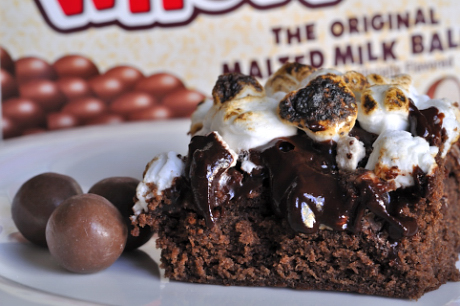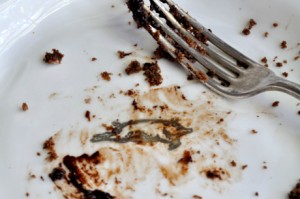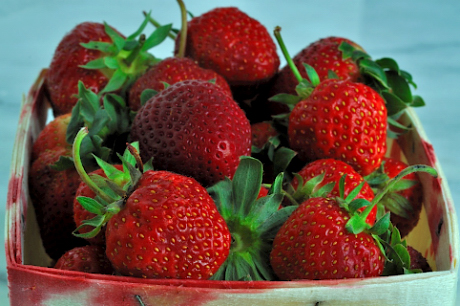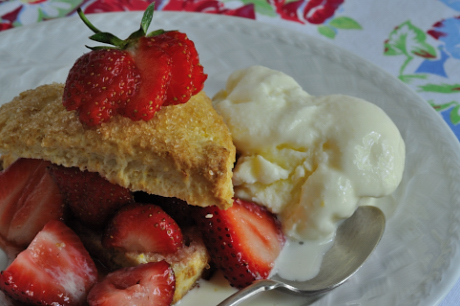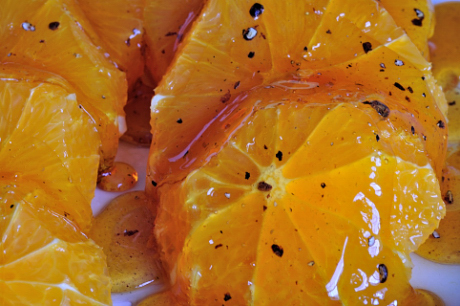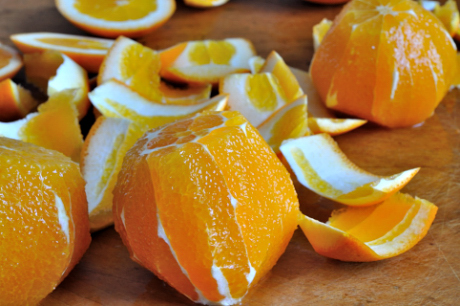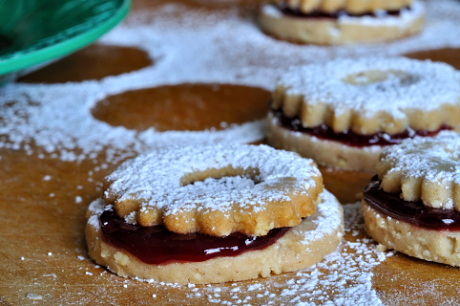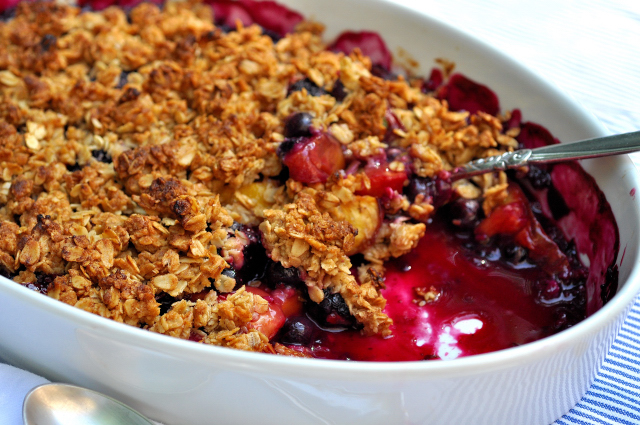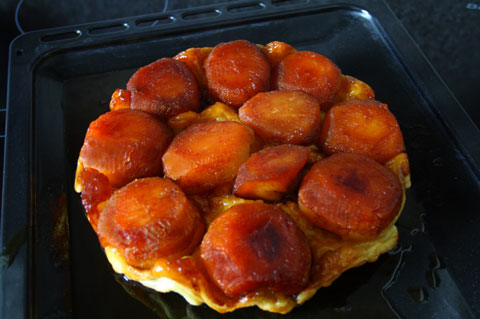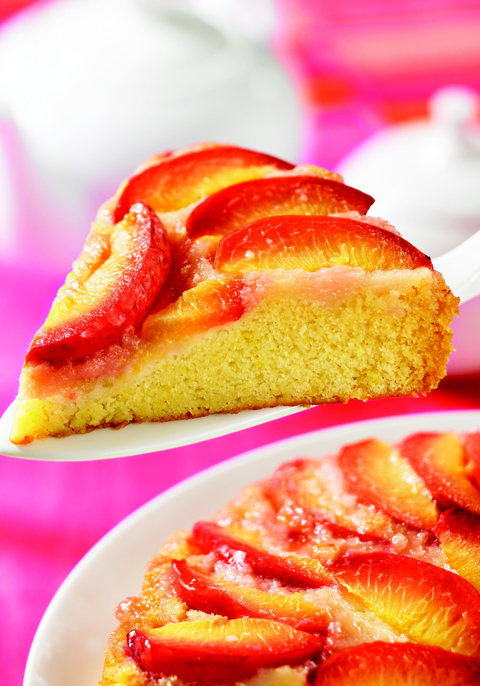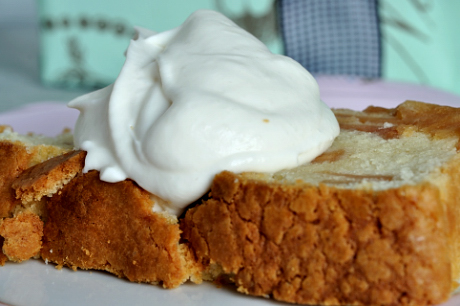
I don’t miss summer, but I do miss summer fruit. It’s not that I don’t appreciate the mounds of apples and pears in all their glorious colors and shapes, but the winter is long and options for seasonal fruit forward desserts can become kind of ho hum. The solution: If you look hard, chances are there’s a bin of exotic, local fruit at your market just waiting to be discovered. It’s green and round with a funny little stem end that protrudes like an outie belly button.

No, it isn’t a hybrid of a Granny Smith apple and a Bartlett pear. It’s a quince.
Though they’ve been cultivated for more than 4,000 years we Americans as a whole have not explored their many options. To be fair, I think it’s because most of us don’t know what to do with them. They haven’t been popular since the last century and must be cooked for an hour to be palatable, but to me, that’s part of their appeal. I’d like to make a case for the quince so I’ll begin with the fruit’s more obvious virtues.
• Quinces are beautiful and kind of sexy. There are few fruits as beautiful nestled in a bowl or basket. They are usually a shade of Martha Stewart green when you buy them, but after sitting for a week or so, they turn yellow and ripe. I’ve had a bowl of quince on my kitchen counter for weeks and have enjoyed looking at them longer than I’d ever have enjoyed a flower arrangement.
• Quinces have an interesting history. The ancient Romans considered the quince a symbol of love. When given to one’s intended, the fruit signified commitment or a form of engagement ring. It’s true that it does take commitment to bring out the quince’s finer qualities, but isn’t that true of most relationships? Go ahead and think about that for a minute.
• Quinces are an unexpected ingredient, which makes them cool. After all, it’s interesting to play with an unfamiliar fruit and explore the many ways to use it. How fun to share the discovery and give others the chance to taste an unfamiliar food for the first time. When was the last time you had a slice of tender quince pound cake with quince syrup flavored whipped cream? Case closed.
So there you go. Think beyond the ubiquitous apple and pear. Pick up a few quinces and arrange them in a bowl to beautify your kitchen counter for a week or so. Hand one to your significant other as a sign of your love and then make this buttery, gingery, tart quince pound cake for your loved one’s first taste of quince. It probably won’t be their last.
 Kitchen Counter Point: Ginger makes its way into this cake in two ways. First the half and half is infused with fresh ginger. The longer the ginger sits in the hot liquid, the more flavor will transfer. Go ahead and get that process going after you’ve started cooking the quince. They’ll be done at the same time. If you can, let it rest while the quince cools for extra flavor. The second ginger infusion is with ground ginger which is sifted with the flour. If your ground ginger has been languishing in your spice rack for the last few years, think about replacing it with a fresh bottle for the best flavor.
Kitchen Counter Point: Ginger makes its way into this cake in two ways. First the half and half is infused with fresh ginger. The longer the ginger sits in the hot liquid, the more flavor will transfer. Go ahead and get that process going after you’ve started cooking the quince. They’ll be done at the same time. If you can, let it rest while the quince cools for extra flavor. The second ginger infusion is with ground ginger which is sifted with the flour. If your ground ginger has been languishing in your spice rack for the last few years, think about replacing it with a fresh bottle for the best flavor.
Makes one 5 by 9-inch loaf
2 large quince
1 cup apple cider
1 cup sugar
1/4 cup honey
1/4 cup water
1 tablespoon lemon juice
15 peppercorns
1 cinnamon stick
1/2 cup half and half
2 thumb sized knobs of gingerroot, peeled and thinly sliced
2 cups all-purpose flour
1/2 teaspoon ground ginger
1/4 teaspoon salt
1/4 teaspoon baking powder
1 cup (2 sticks) unsalted butter, softened
1 1/2 cups sugar
3 large eggs
1 teaspoon vanilla
Zest of 1 lemon
1 cup heavy whipping cream
Peel, quarter and core the quinces and slice them very thinly.
In a medium saucepan combine the quince, cider, sugar, honey, water, lemon juice, peppercorns and cinnamon stick and bring to a simmer over medium-high heat. Reduce the heat and simmer the mixture for 1 hour or until the quince is rosy and tender. Let cool in the syrup and then strain the quince, reserving the syrup.
Scald the half and half and ginger in a small saucepan over medium heat. Remove from the heat, cover and let the ginger flavor the milk for at least 30 minutes. Strain the ginger from the milk and throw it away.
Preheat oven to 350º
Butter a 5 by 9-inch loaf pan, and line on the long sides with a sheet of parchment that extends up over the top edges of the pan (you’ll use it to lift the cake from the pan after it’s baked) and butter and flour the parchment.
Sift together the flour, ground ginger, salt and baking powder.
Cream the butter and sugar on medium speed until light and fluffy. Add the eggs, one at a time and beat until completely blended. Add the vanilla and zest.
Add the flour and milk in 6 additions and beat on medium speed until fluffy. Spread the batter evenly into the pan and bake on the center rack in the preheated oven for 30 minutes. Lower the heat to 325ºF and bake for 1 hour 15 minutes or until a wooden skewer inserted in the center of the cake is removed with crumbs adhering. Cool the cake on a wire rack until completely cooled. Lift it from the pan with the parchment paper and wrap it in plastic if not using right away.
When ready to serve, beat the whipping cream with 1/4 cup of the quince syrup. Serve the cake, sliced with the quince whipping cream.



